Highlights
- Balrogs, fallen Maiar like Gandalf and Sauron, served Morgoth in the First Age, wreaking havoc in Middle-Earth.
- Only a few Balrogs were named, including the infamous leader, Gothmog, who met his end at the Battle of Gondolin.
- While Durin’s Bane was the last known Balrog in Middle-Earth, it remains unclear how many others may still slumber beneath the Misty Mountains.
Few moments in Peter Jackson’s The Lord of the Rings trilogy are more memorable than when Gandalf the Gray faces off against a literal demon of shadow and flame: a Balrog, nicknamed Durin’s Bane. The battle between the two is epic, and has come to be an icon in pop culture. While fans of the series certainly remember the fate that befell Durin’s Bane, less is known about the rest of the Balrogs.
The lore surrounding Balrogs dates back to the earliest years of Tolkien’s mythology, and is told primarily in the pages of The Silmarillion. Balrogs are disgraced Maiar, angelic beings of the same ilk as Gandalf, Saruman, and even Sauron himself. In the beginning, the Balrogs were servants of the first Dark Lord, Morgoth, who laid waste to Middle-Earth throughout the First Age. It is in these early days that the greatest stories concerning these evil beasts are told, and it is here that most of them meet their eventual downfall. What happened to the rest of those horrible creatures, and how many of them remain in Middle-Earth at the time of The Lord of the Rings?
The Origins of the Balrogs
The origin of the Balrogs dates back to the earliest days of Middle-Earth, before Elves and Men had even awoken in Arda (Earth). At first, they were Maiar, and it is said that their spirits burned with the power of fire. When one of the Valar, Melkor (aka Morgoth), sought to claim Middle-Earth for his own, he corrupted some of the Maiar to his cause. These included Sauron, his most faithful lieutenant, as well as the Balrogs. The latter became demons of shadow and flame upon pledging their fealty to the Dark Lord.
When Morgoth was captured and taken to Valinor for three thousand years of imprisonment, his Balrogs went into hiding and waited for the return of their master. Morgoth did indeed return, fleeing to Middle-Earth after he and the great spider Ungoliant destroyed the Two Trees of Valinor and stolen the Silmarils. When Ungoliant attempted to betray Morgoth, the Dark Lord unleashed a cry that awakened his loyal servants. The Balrogs rushed to his aid, defeating Ungoliant with their whips of fire and saving their master’s life. Thus, Morgoth and his dreadful cavalry were reunited. Together, their combined powers plagued the free peoples of Middle-Earth for the rest of the First Age.
While nearly every aspect of Tolkien’s mythos has a detailed explanation, the author was less scrupulous when it came to the Balrogs. It is unclear how many Balrogs there were under Morgoth’s control, since Tolkien never decided on a number himself. Initially, his drafts alluded to hundreds of the great beasts, but he later amended this count, settling on at least three Balrogs, but no more than seven.
Balrogs During the First Age
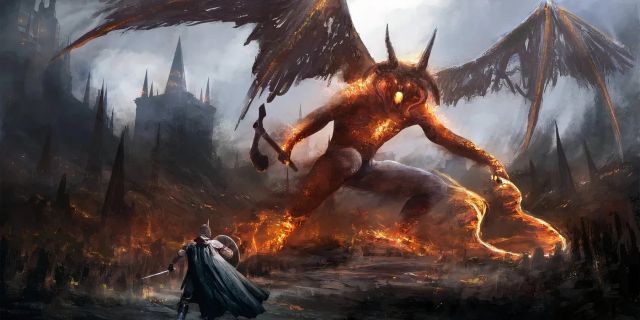
The Elves of Beleriand were initially unaware of the Balrogs. However, during the Dagor-nuin-Giliath (Battle-under-Stars), the Balrogs first came into conflict with the Noldor that had returned to Middle-Earth. Fëanor, creator of the Silmarils and High-King of the Noldor, was wounded in battle with the dark creatures, and eventually succumbed to his injuries.
While most of the Balrogs are never named in the text, one of their number was especially infamous: Gothmog, the leader of the Balrogs. Gothmog was the High Captain of Angband, equal in power to Sauron himself. He possessed magic and strategic intelligence along with incredible brute strength. While the Balrogs are often described wielding whips of flame (such as in The Fellowship of the Ring), Gothmog also carried a terrible black axe, which he used to slay countless Elves.
For most of the Wars of Beleriand, Balrogs proved too powerful for any warrior to defeat. During the Battle of Gondolin, however, a Balrog met its end in battle against Glorfindel, who sacrificed his life to smite the creature. The second Balrog confirmed dead was Gothmog himself, who died in the same battle at the hands of Ecthelion. Ecthelion used the spike on his helm to pierce the Balrog’s belly, and the pair of them then drowned in the cold waters of the Fountain of the King in Gondolin’s square.
Balrogs During the Third Age
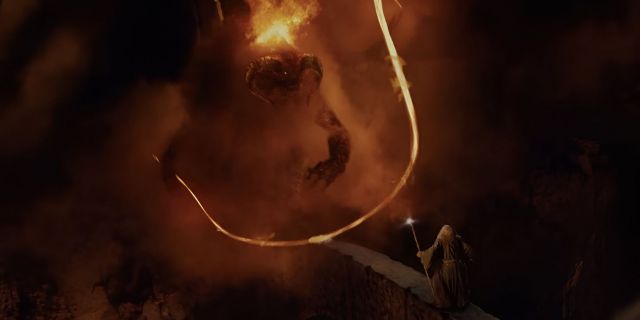
The First Age came to a close with the cataclysmic War of Wrath, a battle so intense that it sundered the face of Middle-Earth and plunged most of Beleriand into the sea. Morgoth was defeated, and the Valar banished his decapitated body into the Void. With their master dead, the remaining Balrogs fled to the darkest places of Middle-Earth, deep in the roots of the Misty Mountains.
Thousands of years later, Sauron adopted Morgoth’s evil mission, and began to recruit the dark creatures in Middle-Earth to his cause. It’s unknown if the Balrogs were at all contacted or discovered during this time. However, it seems unlikely, since they never appear in any of Sauron’s armies. One Balrog would indeed awaken from its deep slumber, but not due to any of Sauron’s machinations.
In TA 1980, the Dwarves of Khazad-dûm delved too deep in their quest for Mithril, awakening a Balrog in the depths of their kingdom. The Balrog drove the Dwarves from their home and killed their king, Durin VI, thenceforth earning it the name “Durin’s Bane.” The kingdom of Khazad-dûm fell into shadow. While the outside world was aware that tragedy had befallen the halls, no one could have imagined it was due to a Balrog of Morgoth. For 500 years, Durin’s Bane roamed unchallenged in Khazad-dûm (now called Moria by the Elves). Finally, met his fate at the hands of Gandalf the Gray, who sacrificed his life to slay the dark beast.
Durin’s Bane was, as far as anyone knew, the last Balrog alive in Middle-Earth. Due to the unconfirmed number of total Balrogs, it cannot be said if all the beasts’ deaths have been accounted for, or if a few still remain in slumber under the Misty Mountains. In any case, the peoples of Middle-Earth should consider themselves lucky that these dark Maiar never re-emerged into the world during the Second and Third Ages. Instead, they faded into the deepest annals of history, where their ultimate fates remain a mystery.
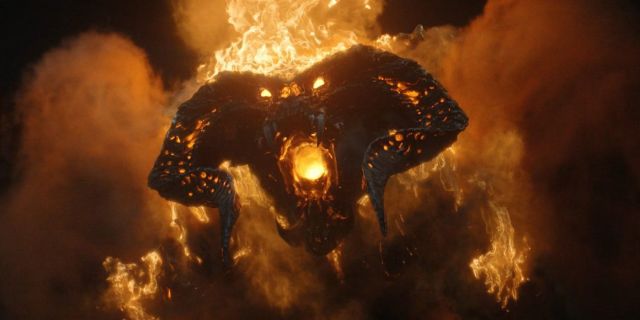






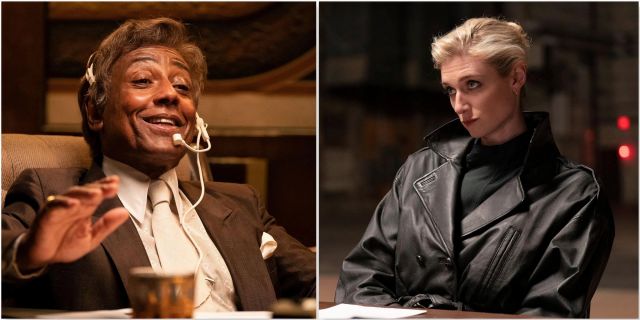


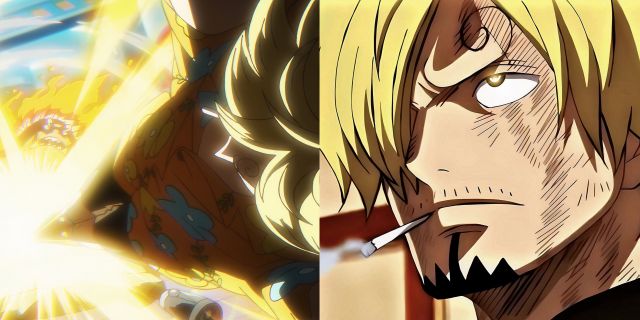
Leave a Reply